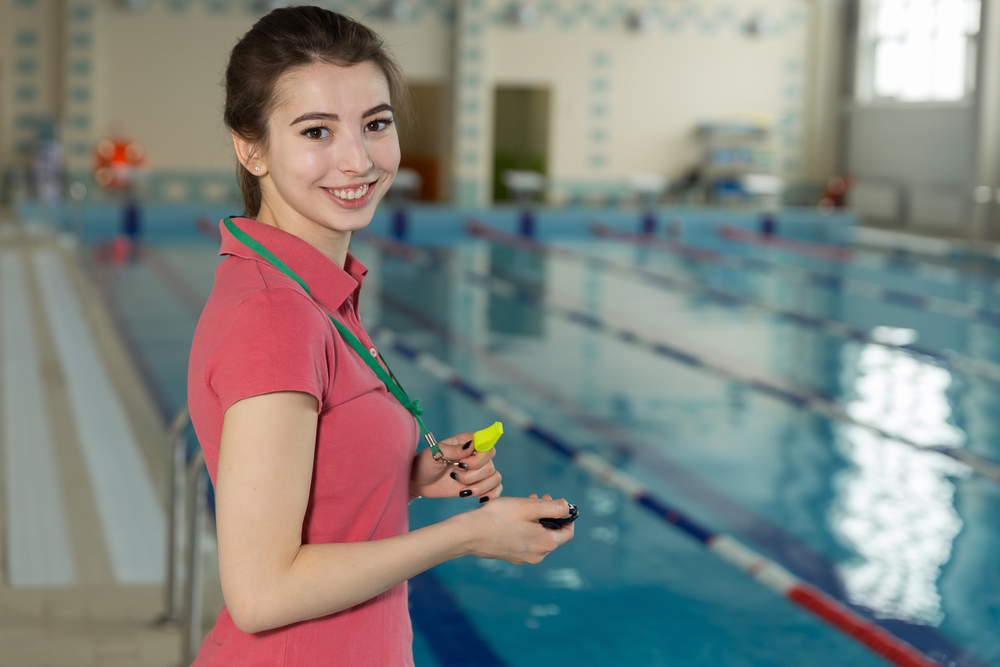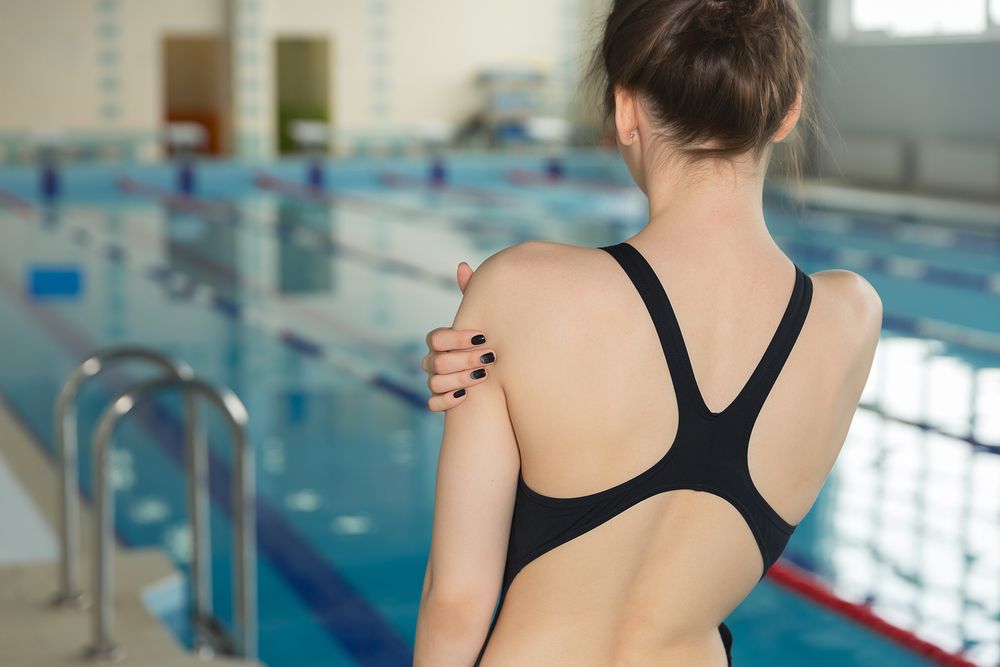If you want to “just keep swimming, just keep swimming, just keep swimming” Dory-of-Finding Nemo-style, you need to exercise caution when you’re recovering from an injury.
Jumping back in full force can lead to an exacerbation of your present pain or even make it more permanent. That said, unless your doctor advises no activity at all, getting moving can aid in your recovery efforts.
Tips on Properly Managing a Swimming Injury
The key is doing so the right way with attention to proper technique. Additionally, it pays to take things at a reasonable pace. Here are ten tips for supercharging your recovery efforts.
1. Don’t Rush Things
When you first start feeling better, the siren song of the pool sounds heavenly. However, jumping back into your previous routine can cause more harm than good.
Instead, take things slow. The first day you feel well enough to get back in the water, start with 5 to 10 minutes of gentle walking in one lane. This minimizes impact on the joints, and if you have an upper-body injury, it gets your heart pumping without further exacerbating strains and sprains.
2. Break Your Usual Workout Down
Try breaking your workout down into thirds or even quarters once you’re ready to swim again. If you normally swim one mile per day, start by doing a quarter mile. Listen to your body and don’t push it — stop if you feel pain.
3. Perform a Proper Warmup
Many sports injuries occur from failing to warm up properly. If you’re already hurt, failing to do so can result in exacerbating your injury.
Pass on static stretches. Instead, perform dynamic stretches like gentle twists and shoulder rolls to warm up your upper body. Get your blood flowing by marching in place on land, or in the pool if a knee injury makes movement outside the water difficult.
4. Vary Your Stroke
Depending on where you’re injured, you may need to vary your stroke. For example, if you have a knee injury, the crawl or backstroke is superior to the breaststroke.
The hyperextension and momentum of the kick can cause your knee to rotate against its natural movement range, putting undue stress on the ligaments and tendons on the inside of the knee.
5. Work Out Outside the Pool
If your injury primarily affects your upper body, you may need to take your workout on land, at least temporarily.
If you prefer low-impact cardio, walk or ride on an elliptical at a gym or community center. You can also go for a ride on a recumbent bike, but avoid regular models that require you to lean over the handlebars.
6. Consider Physical Therapy
If your doctor didn’t order a course of physical therapy, you could seek treatment on your own. Sessions vary depending upon need, but generally cost approximately $100 per session without insurance authorization.
You can also hop online — self-directed physical therapy is considered safe and effective for most patients. To make such treatment less costly, book a session or two with an in-person therapist, then move on to self-directed practice.
7. Take an Aqua Aerobics Class
Sometimes, moving your muscles in a new way helps you recover faster. Try taking an aqua aerobics class led by a certified instructor. Arrive early so you can discuss your injury beforehand, so the teacher can recommend modifications of exercises that may prove troublesome.
8. Fuel Your Body Right
Your body needs the right fuel to perform at its best. Try switching to as much of a plant-based diet as possible. When you do eat meat, opt for lean protein like fatty fish and poultry.
Research indicates plant-based diets reduce symptoms of inflammatory conditions such as rheumatoid arthritis. When you’re injured, inflammation of the affected area causes much of the pain, so adopting such a diet may speed recovery time.
9. Follow Your Doctor’s Orders
You may be a seasoned athlete, but chances are, you’re not a doctor. Therefore, follow your physician’s orders to a T, even if doing so means taking more time out of the water than you like. A few weeks of discipline now prove easier to bear than a severe injury keeping you beached permanently.
10. Get Adequate Rest
Your body needs adequate rest in order to heal. Strive to get at least eight hours of sleep daily, more if your body demands it. While you’re injured, you may feel sleepier than usual.
Final Say on Returning to Swimming

Injuries prove traumatic for athletes, mentally as well as physically. However, if you take your recovery slow and listen to your body, you’ll be back up and swimming again in no time.
Keep reading: 10 Best Kinesiology Tapes for Rehab & Pain Management
Stock Photos by Lenar Nigmatullin / Shutterstock


